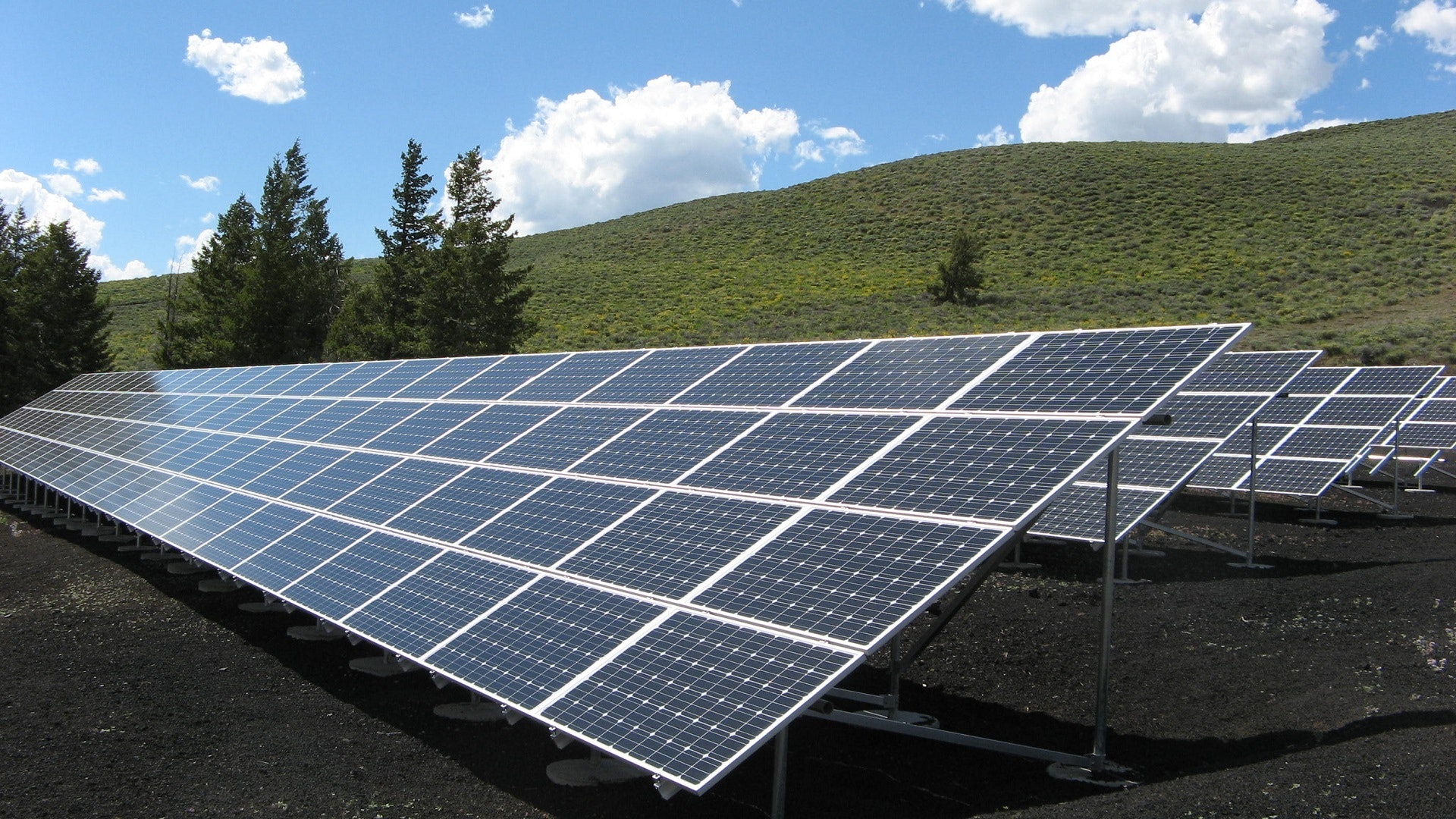In our quest for cleaner energy sources, solar panels have emerged as a shining beacon of hope. They offer a sustainable way to power our homes, businesses, and even entire cities. But how do these unassuming panels turn sunlight into electricity? Let’s unravel the magic behind solar panels in simple terms.
**1. ** The Basics: What Are Solar Panels?
At their core, solar panels are devices designed to absorb sunlight and convert it into electricity. They are made up of numerous solar cells, which are the building blocks responsible for this energy conversion. These cells are primarily composed of silicon, a semiconductor material that plays a crucial role in the process.
**2. ** Absorbing Sunlight: Photovoltaic Effect
The secret behind solar panels lies in a phenomenon called the photovoltaic effect. When sunlight, which is composed of tiny particles called photons, strikes the surface of a solar cell, it energizes the electrons in the silicon atoms. This energy boost allows these electrons to break free from their usual position in the atoms, creating an electric current.
**3. ** Generating Direct Current (DC) Electricity
Once the electrons are set in motion, they create a flow of electricity. This electrical energy is in the form of direct current (DC), meaning the electrons flow consistently in one direction. However, most of our appliances and the electrical grid operate on alternating current (AC). To make the energy usable, an inverter is employed, which converts DC electricity into AC electricity.
**4. ** From Panels to Power Grid
Solar panels are often grouped into larger units called solar arrays. These arrays can be found on rooftops, solar farms, and even in space exploration. The electricity generated can be used instantly to power homes and businesses. Excess electricity, on sunny days when the demand is low, can be stored in batteries for later use.
Moreover, in grid-tied systems, the excess electricity can be fed back into the power grid. This process, known as net metering, allows homeowners and businesses to receive credits or payments for the surplus electricity they contribute to the grid. It’s a win-win situation that promotes both clean energy production and cost savings.
**5. ** Solar Panels and Environmental Benefits
Aside from producing clean electricity, solar panels offer several environmental advantages. Unlike fossil fuels, solar energy production does not emit harmful greenhouse gases, making it a significant player in combating climate change. Additionally, it reduces our reliance on finite resources, contributing to a more sustainable future.
**6. ** Challenges and Advances in Solar Technology
While solar panels have come a long way, there are still challenges to overcome. One of the primary obstacles is the efficiency of solar cells. Scientists and engineers continue to research and develop new materials and technologies to enhance efficiency and reduce costs.
In recent years, advancements such as thin-film solar panels and perovskite solar cells have shown promise. Thin-film panels are lightweight and flexible, allowing for creative applications, while perovskite solar cells have the potential to revolutionize the industry due to their low cost and high efficiency.
**7. ** Embracing Solar Energy in Everyday Life
As solar technology advances, it becomes more accessible to the average person. Many governments and organizations offer incentives and subsidies to encourage the adoption of solar panels. Homeowners can now install solar panels on their rooftops, reducing their electricity bills and contributing to a cleaner environment.
In conclusion, solar panels work by harnessing the sun’s energy through the photovoltaic effect, converting sunlight into electricity. This clean and renewable energy source is transforming the way we power our world, providing us with a sustainable path towards a greener future. As technology continues to improve and become more affordable, embracing solar energy is not just an option but a necessary step towards a cleaner, brighter tomorrow.
Table of Contents
American Company with German Technology: Joby Aviation’s Historic Flight
An American company, utilizing German technology, has opened a new chapter in the history of aviatio…
Phones Never Running Out of Battery? Chinese Startup Develops Nuclear Battery to Last 50 Years on a Single Charge
The anxiety of our phone’s battery running out could become a thing of the past as a Chinese s…
Harnessing the Power of the Sun: How Solar Panels Work
In our quest for cleaner energy sources, solar panels have emerged as a shining beacon of hope. They…


